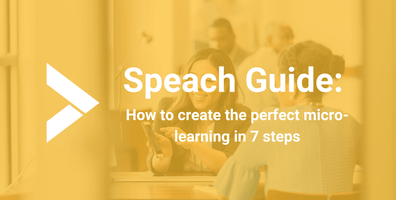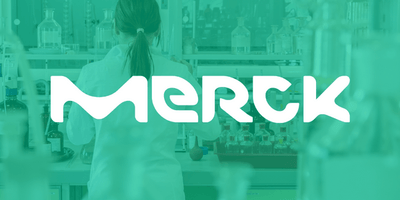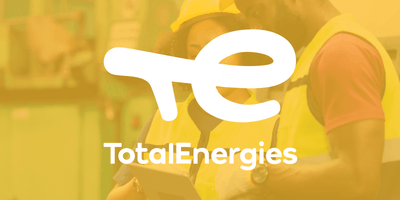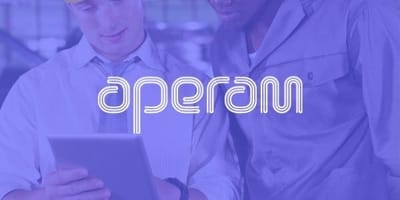Introduction
The pharmaceutical and manufacturing industries are among the most complex, dynamic, and regulated sectors in the world. They require a high level of expertise, innovation, and quality to ensure the safety, efficacy, and competitiveness of their products. However, they also face many challenges in terms of knowledge management, such as:
- The rapid pace of technological change and scientific discovery, which creates a need for continuous learning and upskilling.
- The large scale and diversity of operations, which makes it difficult to standardize and disseminate best practices across different sites, teams, and functions.
- The strict compliance requirements and frequent audits, which demand accurate documentation and verification of processes and procedures.
- The high turnover and attrition rates, which result in the loss of valuable knowledge and experience.
To overcome these challenges, pharma and manufacturing companies need to adopt effective strategies to capture, share, and retain enterprise knowledge. One of the most promising approaches is to leverage micro-learning and artificial intelligence (AI) to create engaging, personalized, and compliant training videos that can enhance the performance and productivity of their workforce.
In this blog post, we will explain what micro-learning and AI are, how they can be used for enterprise knowledge sharing in pharma and manufacturing, and what are the benefits, challenges, and best practices of using them.
What is Micro-Learning
Micro-learning is the process of acquiring knowledge through small chunks of information used to meet a specific learning outcome. Small chunks of information can be delivered via videos, articles, ebooks, audio clips, or any other form of content focused enough to meet an immediate need.
Micro-learning has many benefits for both learners and organizations, such as:
- It is more engaging and memorable than traditional long-form training, as it reduces cognitive overload and increases retention.
- Microlearning is more flexible and convenient than scheduled classroom sessions, as it allows learners to access the content anytime, anywhere, and on any device.
- Microlearning more relevant and practical than generic courses, as it addresses specific problems or situations that learners encounter in their work.
- It is more cost-effective and scalable than instructor-led training, as it reduces the time, resources, and logistics required to create and deliver the content.
Micro-learning can be used for various purposes in pharma and manufacturing, such as:
- Providing just-in-time information or guidance on how to perform a task or use a tool
- Reinforcing or refreshing key concepts or skills learned in previous training sessions
- Updating or informing about new developments or changes in policies or regulations
- Testing or assessing the level of knowledge or competence of learners
- Motivating or rewarding learners for their achievements or progress
What is AI?
AI is computer software that mimics the ways that humans think in order to perform complex tasks, such as analyzing, reasoning, and learning. AI uses algorithms trained on data to produce models that can perform such complex tasks.
AI has many applications and benefits for various domains and industries, such as:
- It can automate repetitive or tedious tasks, such as data entry, quality control, or customer service.
- It can enhance human capabilities, such as decision making, creativity, or collaboration.
- It can provide insights and recommendations based on data analysis, such as market trends, customer preferences, or risk factors.
- It can personalize experiences and outcomes based on user behavior, preferences, or feedback.
AI can be classified into different types based on the level of autonomy or intelligence they exhibit. Some common types are:
- Rule-based AI: This type of AI follows predefined rules or logic to perform tasks. It can handle simple or structured problems but cannot handle complex or unstructured problems. An example is a chatbot that answers frequently asked questions based on a script.
- Machine learning (ML): This type of AI learns from data without being explicitly programmed. It can handle complex or unstructured problems but requires a large amount of data and computational power. An example is a recommendation system that suggests products based on user preferences.
- Deep learning (DL): This type of AI is a subset of ML that uses multiple layers of artificial neural networks to learn from data. It can handle very complex or unstructured problems but requires a huge amount of data and computational power. An example is a computer vision system that recognizes faces or objects in images.
- Natural language processing (NLP): This type of AI is a branch of ML that deals with understanding and generating natural language. It can handle tasks such as speech recognition, text analysis, sentiment analysis, machine translation, summarization, or generation. An example is a conversational agent that understands natural language queries and responds in natural language.
- Computer vision (CV): This type of AI is a branch of ML that deals with understanding and generating visual information. It can handle tasks such as image recognition, face detection, object detection, segmentation, or generation. An example is a facial recognition system that identifies or verifies people based on their faces.
- Generative AI: This type of AI is a branch of ML that deals with creating new data or content based on existing data or content. It can handle tasks such as image synthesis, video synthesis, text synthesis, or music synthesis. An example is a generative adversarial network (GAN) that creates realistic images or videos based on a given input.
How to Use Micro-Learning and AI for Enterprise Knowledge Sharing
Micro-learning and AI can be combined to create powerful solutions for enterprise knowledge sharing in pharma and manufacturing. Here are some examples of how they can be used:
Create Short Training Videos with Speach
Speach is a software that enables pharma and manufacturing companies to create short training videos that are comprehensive and compliant. Speach allows users to easily record or upload videos, add interactive elements such as quizzes or polls, edit or annotate the videos with text or images, and share them with their colleagues or customers. Speach also ensures that the videos are aligned with the industry standards and regulations by providing templates, guidelines, and feedback.
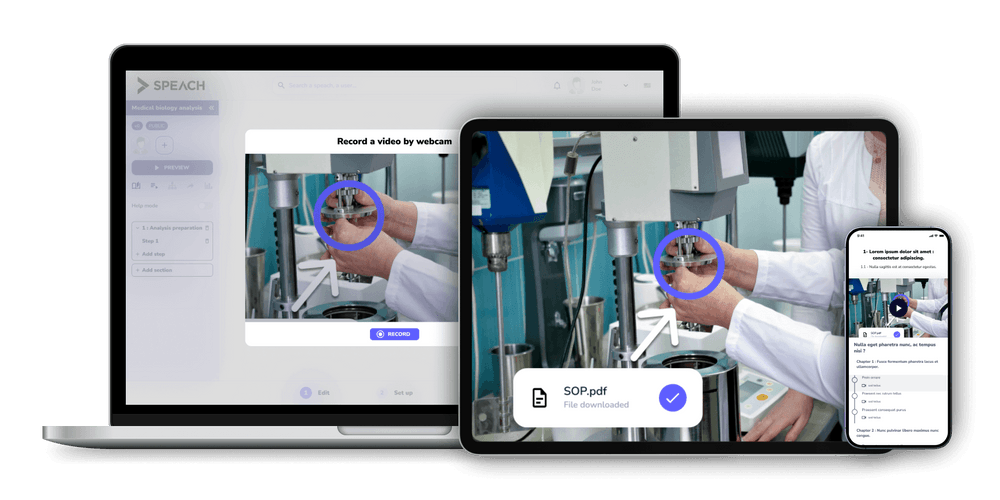
Speach uses AI to enhance the quality and effectiveness of the videos by:
- Transcribing the audio into text and translating it into different languages
- Generating captions and subtitles for accessibility
- Analyzing the content and providing suggestions for improvement
- Tagging the videos with relevant keywords and categories for easy search
- Recommending the best video format and length for optimal engagement
Speach helps pharma and manufacturing companies to share enterprise knowledge by:
- Enabling them to create engaging and informative videos that capture their expertise, best practices, or procedures
- Allowing them to distribute the videos across different platforms or channels such as email, intranet, or social media
- Empowering them to track the performance and impact of the videos using analytics and reports
- Enabling them to update or modify the videos as needed based on feedback or changes
Use Micro-Learning Platforms for Continuous Learning
Micro-learning platforms are online learning systems that provide learners with access to a library of micro-learning content that covers various topics or skills. Micro-learning platforms allow learners to choose what they want to learn based on their interests, goals, or needs. They also allow learners to learn at their own pace and convenience.
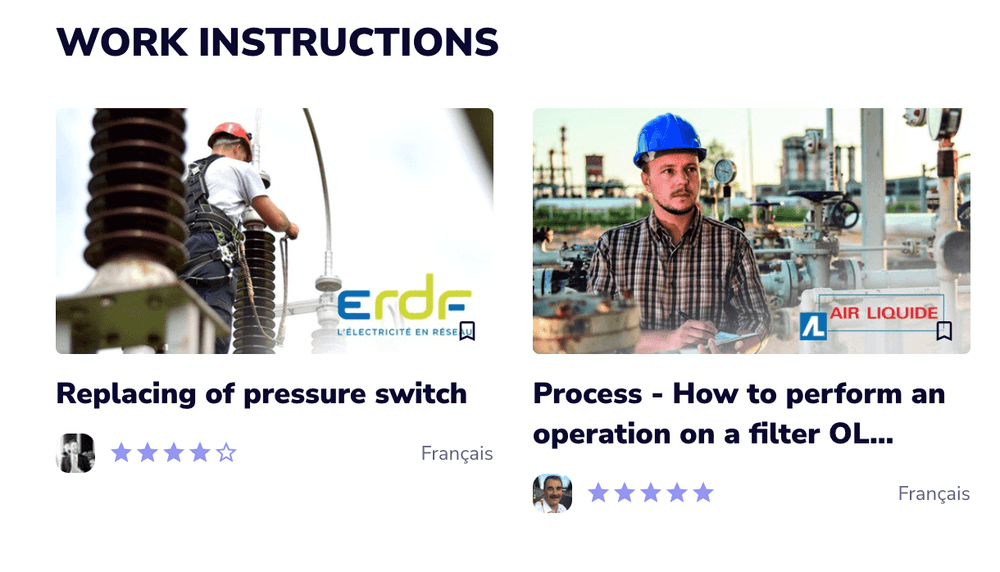
Micro-learning platforms use AI to personalize the learning experience by:
- Assessing the learner’s existing knowledge and skill level
- Adapting the content delivery based on the learner’s preferences, behavior, or feedback
- Providing feedback and reinforcement to the learner
- Recommending the next best content or action for the learner
Micro-learning platforms help pharma and manufacturing companies to share enterprise knowledge by:
- Providing them with a curated and updated collection of micro-learning content that covers the latest trends, technologies, or regulations in their industry
- Enabling them to create their own micro-learning content using templates, tools, or resources provided by the platform
- Allowing them to assign or recommend micro-learning content to their employees or customers based on their roles, responsibilities, or needs
- Enabling them to monitor and measure the learning outcomes and impact of the micro-learning content using analytics and reports
Use AI Chatbots for Knowledge Management
AI chatbots are conversational agents that use natural language processing and machine learning to interact with users via text or voice. AI chatbots can provide users with information, answers, or solutions based on their queries or requests. AI chatbots can also learn from the user feedback and data to improve their responses and performance.
AI chatbots use AI to understand and respond to the user by:
- Analyzing the user’s input and intent
- Searching for the relevant information or data from various sources
- Generating a natural and appropriate response
- Providing additional information or options if needed
- Learning from the user’s feedback or behavior
AI chatbots help pharma and manufacturing companies to share enterprise knowledge by:
- Providing them with a convenient and accessible way to access and retrieve information or data from various sources such as databases, documents, or websites
- Enabling them to create their own AI chatbots using platforms, tools, or resources that allow them to customize the chatbot’s appearance, personality, or functionality
- Allowing them to integrate the AI chatbots with their existing systems or applications such as CRM, ERP, or LMS
- Enabling them to collect and analyze the user data and feedback to improve the chatbot’s performance and knowledge base.
Benefits of Using Micro-Learning and AI for Enterprise Knowledge Sharing
Using micro-learning and AI for enterprise knowledge sharing can bring many benefits for pharma and manufacturing companies, such as:
- Improving employee performance and productivity by providing them with relevant, timely, and engaging learning content that enhances their knowledge and skills
- Increasing employee satisfaction and retention by providing them with flexible, convenient, and personalized learning options that suit their preferences and needs
- Enhancing customer satisfaction and loyalty by providing them with accurate, consistent, and reliable information or solutions that meet their expectations and requirements
- Reducing operational costs and risks by automating or streamlining the creation, delivery, and management of learning content that complies with the industry standards and regulations
- Leveraging the data and insights generated by the learning content to improve their processes, products, or services.
Challenges of Using Micro-Learning and AI for Enterprise Knowledge Sharing
Using micro-learning and AI for enterprise knowledge sharing can also pose some challenges for pharma and manufacturing companies, such as:
- Ensuring the quality and validity of the learning content, especially when it is generated or modified by AI
- Protecting the privacy and security of the data and information used or produced by the learning content, especially when it is sensitive or confidential
- Managing the ethical and social implications of using AI, such as bias, fairness, transparency, accountability, or trust
- Keeping up with the evolving technologies and trends in micro-learning and AI, such as new tools, platforms, or methods.
Best Practices of Using Micro-Learning and AI for Enterprise Knowledge Sharing
To overcome the challenges and maximize the benefits of using micro-learning and AI for enterprise knowledge sharing, pharma and manufacturing companies should follow some best practices, such as:
- Defining clear and specific learning objectives and outcomes for each micro-learning content
- Designing and developing micro-learning content that is simple, concise, relevant, engaging, and interactive
- Evaluating and validating the quality and effectiveness of the micro-learning content using various methods such as feedback, testing, or analytics
- Reviewing and updating the micro-learning content regularly to ensure its accuracy, relevance, and compliance
- Selecting and using appropriate AI tools or platforms that suit their needs, goals, and resources
- Training and educating their employees or customers on how to use the AI tools or platforms effectively and efficiently
- Monitoring and controlling the data and information used or produced by the AI tools or platforms to ensure its privacy, security, and integrity
- Addressing the ethical and social issues related to using AI tools or platforms, such as ensuring bias-free, fair, transparent, accountable, and trustworthy outcomes
- Staying informed and updated on the latest developments and innovations in micro-learning and AI
Conclusion
Micro-learning and AI are powerful technologies that can help pharma and manufacturing companies to share enterprise knowledge effectively and efficiently. By using solutions such as Speach, micro-learning platforms, or AI chatbots, they can create, distribute, and manage engaging, personalized, and compliant training videos that can enhance the performance and productivity of their workforce.
They can also leverage the data and insights generated by these solutions to improve their processes, products, or services. Micro-learning and AI are not only tools for knowledge sharing, but also drivers for innovation and excellence in pharma and manufacturing.
We hope that this blog post has provided you with some useful information and insights on how to use micro-learning and AI for enterprise knowledge sharing in pharma and manufacturing.
Visit speach.me to get started today!


